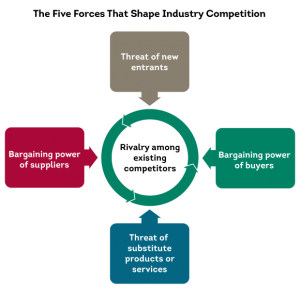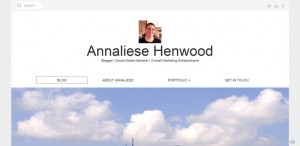— November 30, 2018

Free-Photos / Pixabay
At some point, every entrepreneur hits a plateau with their business.
The story usually goes like this: you’ve spend a great deal of time on a product you really think is going to work. Maybe you got funding. Maybe you bootstrapped it. Either way, you’re anxious to see how people react when you launch.
You lose sleep working so hard on your idea, and when you launch, people actually like it! You start to accrue your first customers, they are happy, and they refer more customers and everything is right with the world.
Eight months later, things don’t look so rosy. You’re still getting new customers, but not as quickly as you need to. The revenue and retention numbers aren’t as strong as they need to be. You need to add more people to your team, but you may not have the means to support it yet.
Essentially, you realize that scaling is really hard.
This is one of the most challenging experiences a business leader can have. I know because I’ve been there. Years ago, I was working at a lead generation company, and the same thing happened to me.
I’d spent over a year leading the development and marketing of a web application that connected buyers and sellers of business technology. The early signs were good. But we hit a hard ceiling, and I had to figure out what to do, or the whole thing would fold.
If you’re having trouble scaling your product or service, you’re reading the right article. Here’s how I successfully solved for scale.
First, Study the Data
It’s easy to go into a panic when you realize the thing you’ve spent years of your life building something that might not succeed.
That’s normal. Have a moment of panic if you need to, but remember there are still plenty of factors that you control. Try to focus on those.
Dave Mcclure’s pirate metrics (or AARRR framework) are still extremely useful metrics for SaaS companies in identifying areas of immense impact that are well within your control.
If you’re unfamiliar, I’m referring to
- Acquisition
- Activation
- Retention
- Referral
- Revenue
If you look close enough at each of these metrics, you should be able to uncover what’s holding you back from scaling.
Here are a couple of examples of how I utilized this framework to pinpoint the factors preventing my web application from scaling.
Activation, or How to Fix Your Conversion Rate
Activation is a measure of how often people become active customers. For example, in the SaaS world, it’s normal to acquire customers with a free trial, but just because someone signs up for a trial doesn’t mean they’re going to use it.
For me, activation is the most important metric in this framework, because it highlights how effectively you’re converting opportunities into new customers. In a nutshell, it’s the conversion rate for your company.
This was a big issue for me when I was trying to scale my web application project. We were driving a decent amount of traffic to the site, but not enough were converting.
So I did some research, talked to some friends I knew that worked at a good UX design firm, and looked at the Google Analytics data.
Everything pointed to the same conclusion: we needed a better user experience to convert more people.
Overlooking UX design is a mistake that a lot of founders make, and it was something I had to cope with, too. It shouldn’t come as a surprise that better user experience is highly correlated with better conversions and better customer retention.
In my experience, improving the usability and UX design of a product or service is always a good idea. And that’s how it turned out in this scenario as well.
My team worked diligently with our developers and designers to reduce friction and confusion throughout the application’s experience.
It took so time — and a lot of research — but after redesigning the web application, our conversion rate doubled. Not only did we see an increase in the number of people who completed the entire conversion process, but we also saw an increase in the number of people who returned to use the application again.
This all leads to an uptick in revenue, which is, of course, what keeps companies afloat.
Revenue, or Is Your Lifetime Customer Value High Enough?
During the redesign process, I began to think beyond just the application itself and started to examine the broader strategy for the business. In particular, I thought more about our target market.
From the beginning, we were primarily concerned with attracting technology buyers to use the web application to get software recommendations.
But after I investigated that model, I realized that revenue was another metric that could be limiting our ability to scale — in particular, relying purely on increasing our volume of leads to generate more revenue.
There was another target market in the equation: technology vendors.
I was struck by the idea that increasing the number of vendors who purchased leads from us would be a better driver of revenue than only focusing on buyers of business technology. The more vendors we worked with, the greater our lead multiplier, which meant the more each lead was worth.
This immediately raised the average customer lifetime value for the company. Technology vendors would commit to longer engagements, and there was an opportunity to grow the relationship over time.
The point of this story is that when you consider where your revenue comes from, it’s always good to zoom waaay out and make sure that you’re targeting the most high-value customers— or to make sure that there’s not another secondary customer set you should be focusing on.
***
Armed with a higher converting design and a new focus on closing higher value clients, we were able to break through the ceiling and continue to scale the company.
So if you ever find yourself having trouble scaling, remember to look at your data, specifically through the prism of the pirate metrics. That’s where you’ll find the key to breaking through the growth barrier.
Business & Finance Articles on Business 2 Community
(11)








